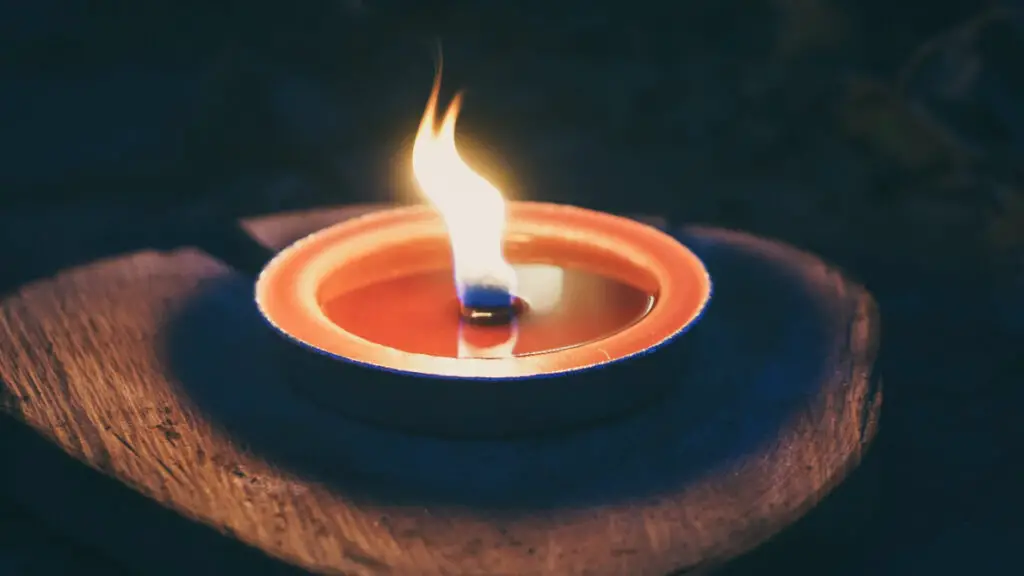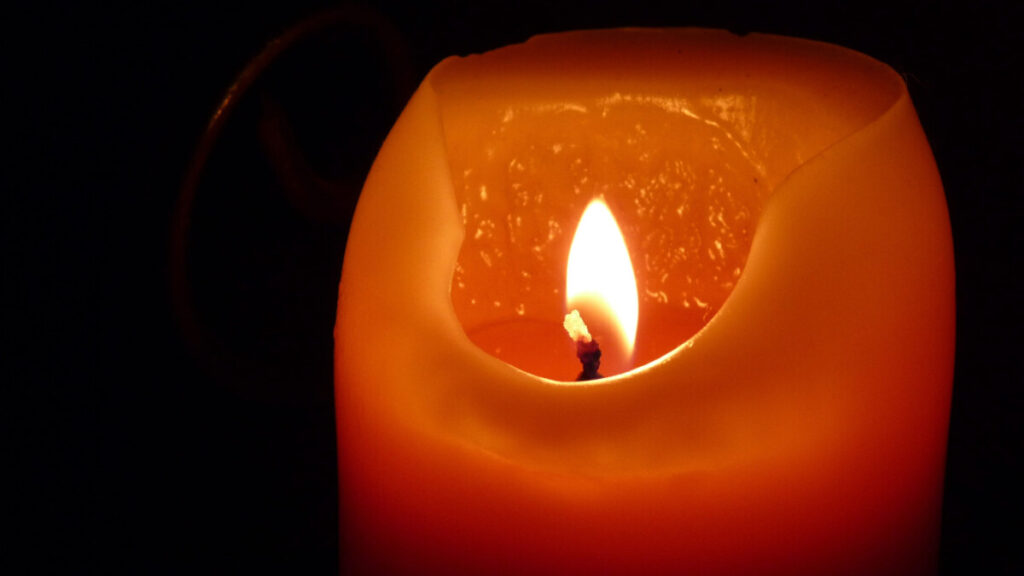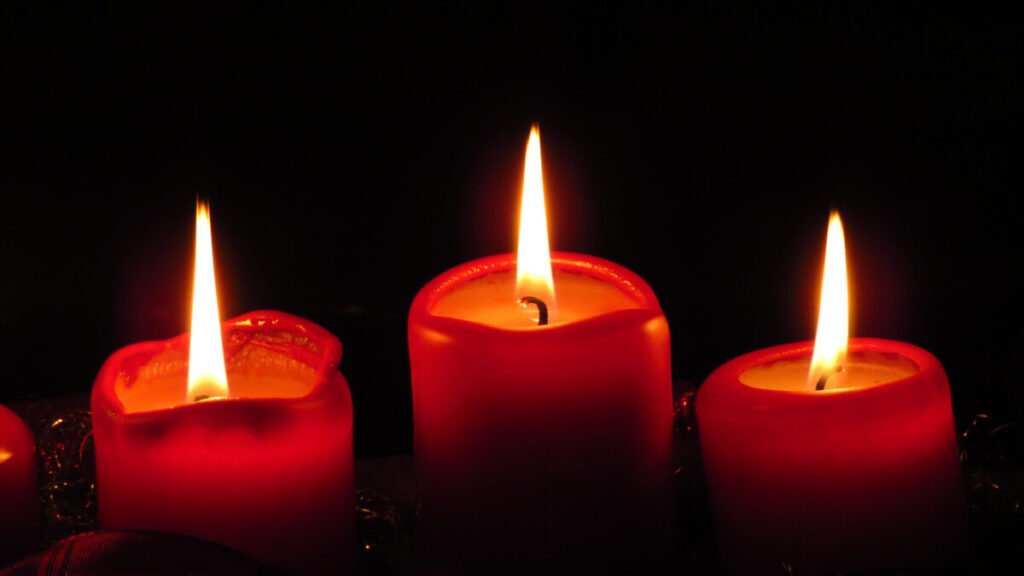Ever had homemade candles that did not light up or not stay lit? It can be very frustrating, especially if you don’t know why.
Homemade candles won’t burn or stay lit for the following reasons: The Wick is untrimmed or does not have the right size, or is too thick. Uneven candle surface or candle tunneling. And finally, a full melt pool was not formed with the first burn or moving air, which caused your wick to drown in the wax pool.
Do you dream of creating your own beautifully scented candles that put store-bought ones to shame? Are you tired of feeling envious of those who effortlessly craft stunning candles for their homes or businesses? If so, we have the perfect solution for you! Candle Making 4 You™ is a comprehensive step-by-step guide that will turn you into a master candle maker – whether you’re a complete beginner or an experienced hobbyist. This system will teach you everything you need to know to create candles that look professional and smell amazing.
You might have noticed why some candles burn differently, or some won’t burn at all, or just for a very short period. If your homemade candle won’t stay lit or you can’t light it up at all. Your candle probably needs some fixes.
But there could be many reasons why your candle behaves this way. How long did you let it burn the first time? Does it have the right wick? What is the shape of your candle?
You see, all of the things I have mentioned might be the cause of your problem. I have tried to compile a list with the most common causes and some fixes, which I hope will help you get your candle burning right.
Why won’t my homemade candle stay lit?

There are several reasons for your candles failing to stay lit, and we will discuss all of these causes one by one, but as you can see, some of them are things you would not have thought about. For example, the first burn is one of them.
The first burn of your candle:
Many people don’t realize this, but the first burn of your candle is quite essential. Not only does it change the structure of your candle, but it also creates the pattern for the following burns to come. If not done correctly, your candle won’t stay lit.
This is the case for every candle. However, not all candles are burned the same way. Depending on the type of candle you have, like a pillar candle or jar candle, they both have different procedures.
Soy candles – In most cases sold in a jar or vessel, they have a much lower melting point compared to pillar candles. The first burn when it comes to soy wax candles is just to let the whole surface melt. If you don’t, you may have a hard time melting past that first wax ‘ring’ on future burns.
Pillar candle – This type of candle requires a little more attention than candles within jars or vessels. Depending on the quality of the candle you have, the burn time may vary. And when I say the burn time, I mean the first time you need to burn it. Here are two ways you can do it:
- Let the first burn come to around 1-2 millimeters from the outside edge.
- Simply let it burn for several hours or until you create a well that extends to within 1/4″ of the sides.
Wick length or size.

Whether you have a homemade candle or a commercial one, it doesn’t matter; the size of the wick is crucial for a healthy burning candle.
Have it too long, and you will end up with a large and vigorous flame. A too-long wick would, most of the time, also lead to a leaning wick.
I know this might be beautiful to see, but it can create black smoke, make your wax burn unevenly, and finally, burn through your candle much faster and eventually have your candle extinguish much faster.
Have it too short; on the other hand, your candle will not stay lit and simply stop. An easy and fast way to solve this is to carve the wax away to the edge of the candle (to have an even surface). Of course, you should always try to avoid having too short. Carving out the wax may sound easy, but you can quickly end up with a mess!
Knowing what size you need depends on the diameter of the container or jar you want to use. Although most wicks will have a radius description, you will still need to test it. Because there are many types of wax and fragrance oils, for example, if your fragrance’s flashpoint and specific gravity are high, you will need a hotter burn. But you are good with a smaller wick if it’s a low flash point and specific gravity.
Untrimmed wick
We talked about wick size earlier and how it can impact the burning of your candle, but this is another cause of your candle’s inability to burn correctly. Trimming is something that many are not doing or think don’t they need to do.
But if you wish to have an optimal burn, you’ll need to trim. If you do not, and the wick is not the right size or thickness, you might end up with a mushroom-looking wick or with a candle that is tunneling (which we discuss later) or your candle not staying lit. In most cases, if you have a commercial wick, there is no need to trim before the first burn time.
But if you are making your own and are a novice at making candles, you might end up with the wrong wick size, so in that case, your candle will need some trimming. We already discussed the ideal wick size, and depending on the wax’s size and vessel, you might need to trim accordingly.
After the first burn, trimming every few hours of burn time is also recommended. You will need to extinguish the candle and, let it cool to room temperature, trim it to 1/8″ before lighting it up again. An ideal tool for trimming is a wire cutter or nail clipper. If you have neither of the first two, you can try with scissors, but it might slip, so be careful.
Candle Tunneling

Even though you might be an expert in candle-making or bought an expensive quality candle, tunneling might happen regardless. This a very common problem that we, all candle lovers, unfortunately sometimes encounter.
Tunneling is a term that is used when your candle only burns down the middle leaving the hard wax around the outside, which creates a tunnel-like shape. As the candle’s flame channels down the middle, your candle becomes increasingly more difficult to light. It’s not exactly the same as candle sinking in the middle, as this is somewhat different.
This happens because the wick cannot receive enough air to burn steadily, which inescapably will make your wick drown in the wax, which leads to an extinguished candle.
Lucky for you, you can do a few things if you encounter this problem.
We discussed earlier the importance of the first light and burn of your candle and how it can affect it. Well, you can use the same strategy here to avoid tunneling. So this means letting your candle burn until you are sure the pool of melted wax has reached the edges.
Depending on the size and diameter of your candle, the time it takes to get to that point may vary, if you think you don’t have much time on your hands, I would suggest starting with a not-too-wide candle, so it doesn’t take that long to reach the recommended amount of melt time it needs.
However, if you do not have a smaller candle and want to get it quicker, you might be able to do that if you trim your wick to get a hotter flame and thus melt faster. But in my opinion, I would buy a wide and a less wide candle and stick to normal burning time and wick sizes.
Just don’t forget, the main point is that your wax melts evenly, which means the edges must also melt. If you extinguish it before that point, you are basically digging your own tunnel.
You can also fix tunneling by removing the edges and trying to even out the candle’s surface also, don’t forget to trim your wick in case needed in this situation.
Candle flames are burning too high.

If your candle has a high flame and this is not intentional (meaning you did not trim it that way), this may be because you are using the wrong type of wick.
A too-high flame is also a flame that burns too hot. The most noticeable drawbacks of too high a flame are; You will burn through your candle too fast, it’s a fire hazard (if the container is thin glass, it may shatter because of too much heat), and finally, it may cause “sooting.”
If you are not familiar with the term soot, let me give you a quick explanation. Soot can be found in smoke. It consists of very small particles of unburned fuel within the wick, which indicates incomplete combustion. If your flame is flashing or smoking, you should extinguish it immediately because that clearly shows that something is wrong with the candle’s composition.
An easy way to solve this is to trim the wick to the appropriate length.
Drowning in a wax pool
Drowning candlewick was mentioned earlier, but there can be more than one cause for your wick to drown. Possible causes are tunneling. You used way too many additives, your wick was too small for the container you were using, or you poured your candle wax up too high. In case you did pour too much wax, here is a guide on how much wax a candle needs, which I strongly recommend reading.
The solution to these problems is quite straightforward. If you are using too many additives, you adjust the recommended amount. If your wick is too small, use the previous guideline on the right side of the wick for the right container.
In case it is too late, and you already have the candle ready, and you see it’s drowning, you can use a paper towel to soak the melted wax. However, you are not solving your problem if your wick is not adjusted at the end, so this is just temporary.
Here is a video with a very good explanation.
What causes my candle to have an uneven surface?
Uneven surfaces can occur quite often, especially if you are new to making candles. You probably will encounter this once or twice. Uneven surfaces usually happen when using soy wax (it can be with others too). This happens when your wax is naturally forming solid crystals when it’s cooling.
Most of the time, these crystals are nice and uniform, with a smooth and creamy appearance. But if the wax is going through the cooling process too fast, or was poured at a too-cold temperature, or has small air bubbles, you will end up with a blotched pitted finish.
Another cause might be that you stirred too vigorously, and the water entered into the wax. Finally, it is also possible the surface you put your candles on after pouring was simply uneven and, thus, the same for your candle’s surface.
You can solve this by firstly not stirring too much, pouring it at the right temperature, and trying to avoid water moisture getting into your solid (if you live in a humid area, try to store your wax with a dehumidifier). Make sure to heat your containers to 90-100° and pour slowly.
If you see any imperfections (also an excellent way to preheat your containers right before pouring), use a heat gun to correct them. Make sure to cool your candles at the right room temperature (not too cold or too warm rooms).
Conclusion
One of the most common causes is the first burn of your candle. Even if you made your candle perfectly, if you are not giving it enough time with its first burn, you will end up with a problem. If you are new, follow proper instructions (if in case you are following a professional). If you are not following anyone, please do so.
